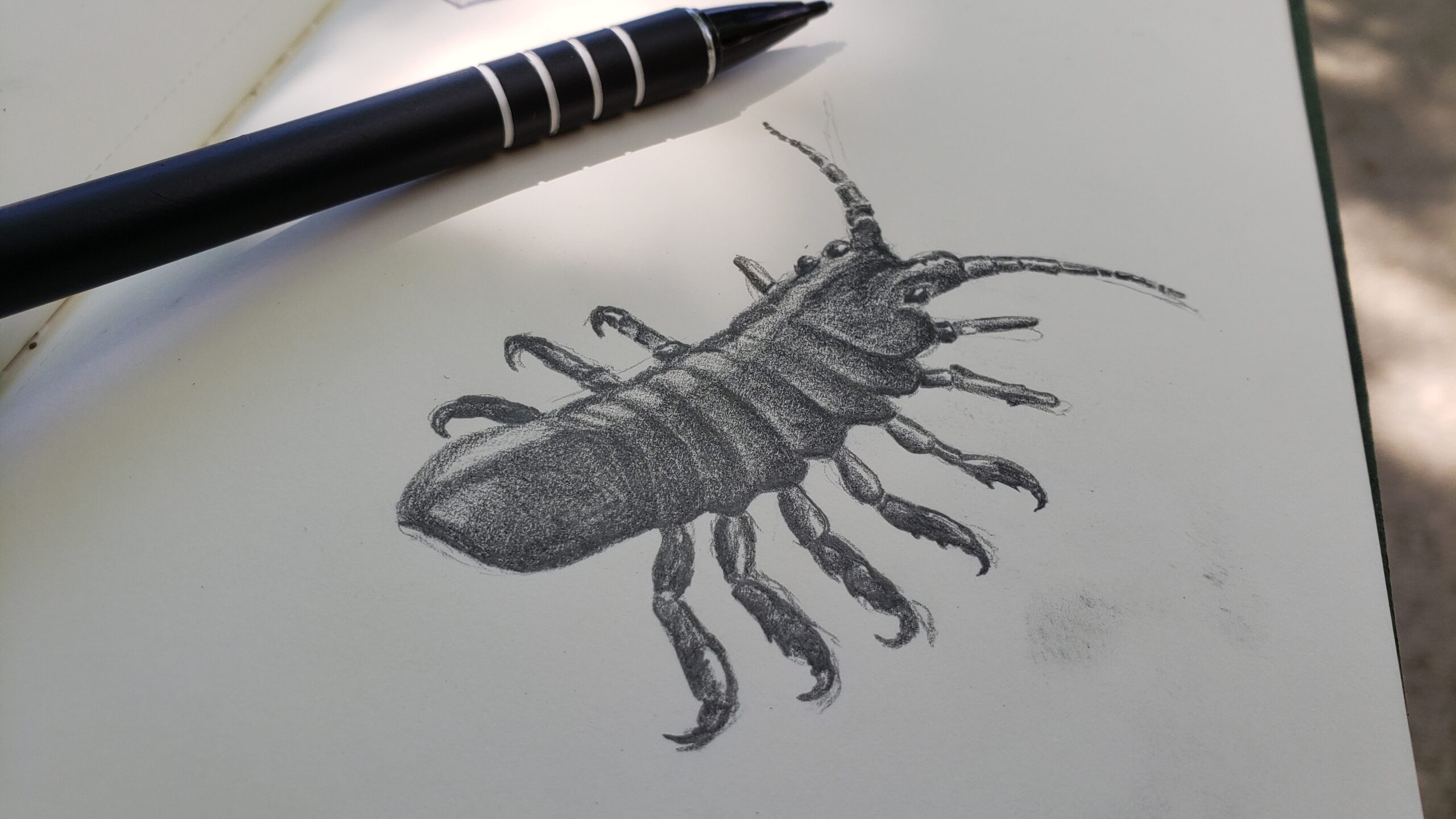
Is it a Sowbug or a Pillbug?
A lot of the species we come into contact with on a regular basis at home, in the garden, or out out for a walk, are introduced species. Some become invasive and make headlines, causing obvious and recognizable damage to the environment. While other species quietly do their thing, making themselves right at home in their new environs, blissfully unnoticed.
Take the wood louse, er.. sowbug.. pillbug.. no no, roly-poly. See, this is when binomial scientific names comes in handy. It seems every locale has their own common name for these critters. This however is dually confusing because we are in fact dealing with TWO surprisingly different animals. So let’s clear this up.
Sowbugs, Oniscus asellus (oniscus from ancient Greek for small donkey) and Pillbugs, Armadillidium vulgare (you guessed it, armadillo-like. Vulgare means common). Both were inadvertently introduced to the New World from Europe, probably on trans-atlantic ships, several hundred years ago. Sowbugs and pillbugs are similar in appearance and their common names are sometimes used interchangeably.



*The three photos above of Armadillidium vulgare were taken from the web. I know I have some great photos of pillbugs, somewhere.. but I can’t seem to find them.
Both are terrestrial, soil-dwelling crustaceans that belong to the order Isopoda. They are the only crustaceans that have adapted to live a completely terrestrial life. However, just like their cousins.. shrimp, crab, lobster and crayfish.. they have gills which need constant moisture, so they tend to live in moister northwest climates.
The sowbug has a pair of tail-like projections which extend from the rear of its body, while the pillbug does not have any extreme posterior appendages. The pillbug can roll up into a tight ball when disturbed, whereas the sowbug can sort of fold itself in half, kinda. This is why pillbugs are sometimes called “Roly-Poly” bugs.
They do not bite, sting or transmit disease. They are harmless to humans. They primarily feed on decaying organic matter, but sometimes nibble on things in the veggie garden. Like all crustaceans, they go through a molt 4 to 5 times during an average lifespan of 3 years.
So now you know. Tell a friend. Pick one up and take a closer look next time you run across one of these terrestrial isopods.
– Aaron





































